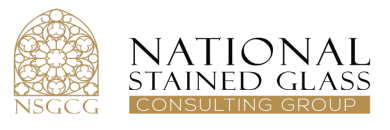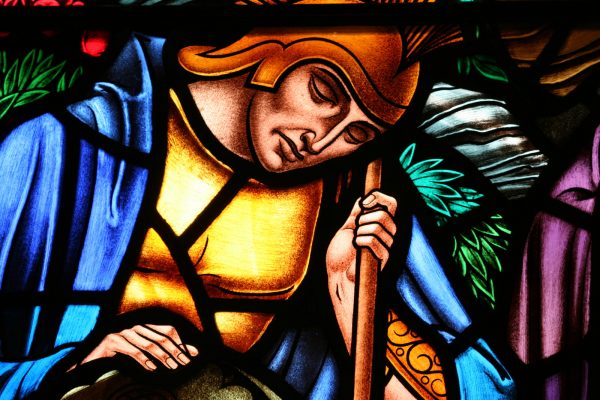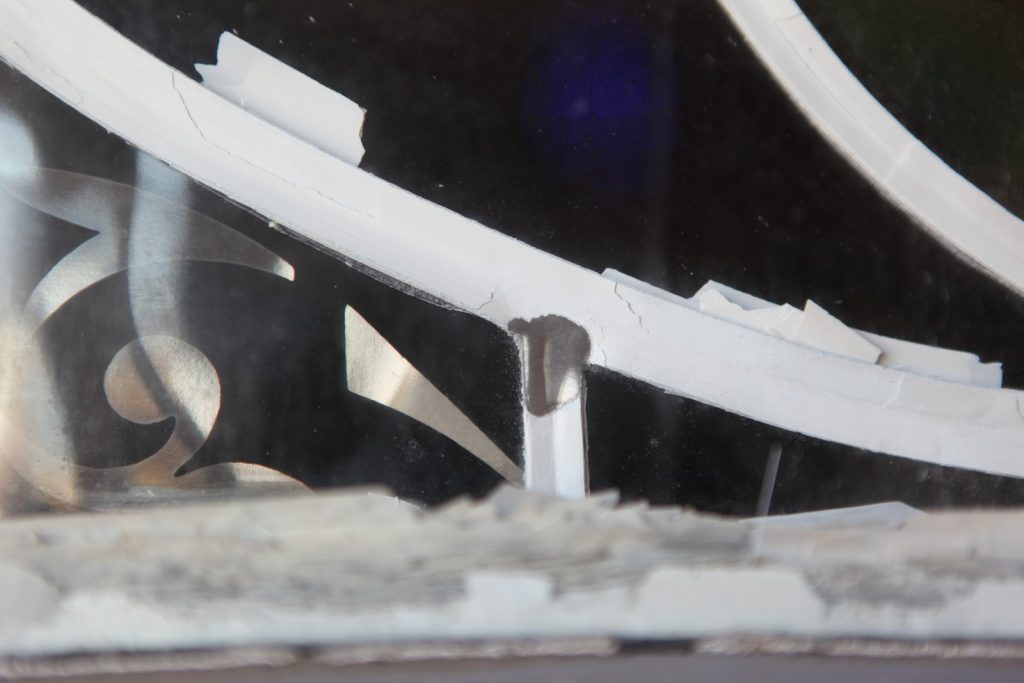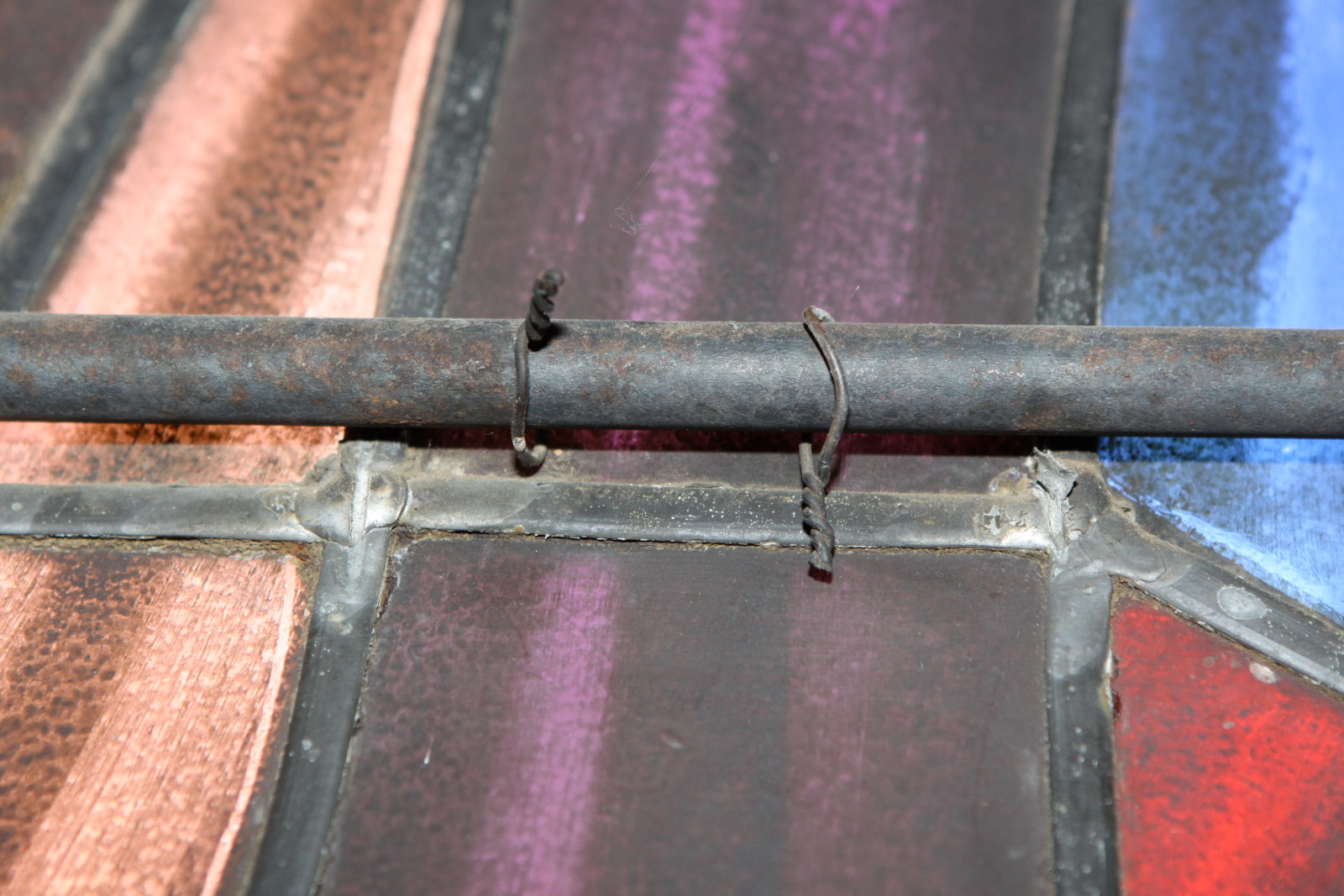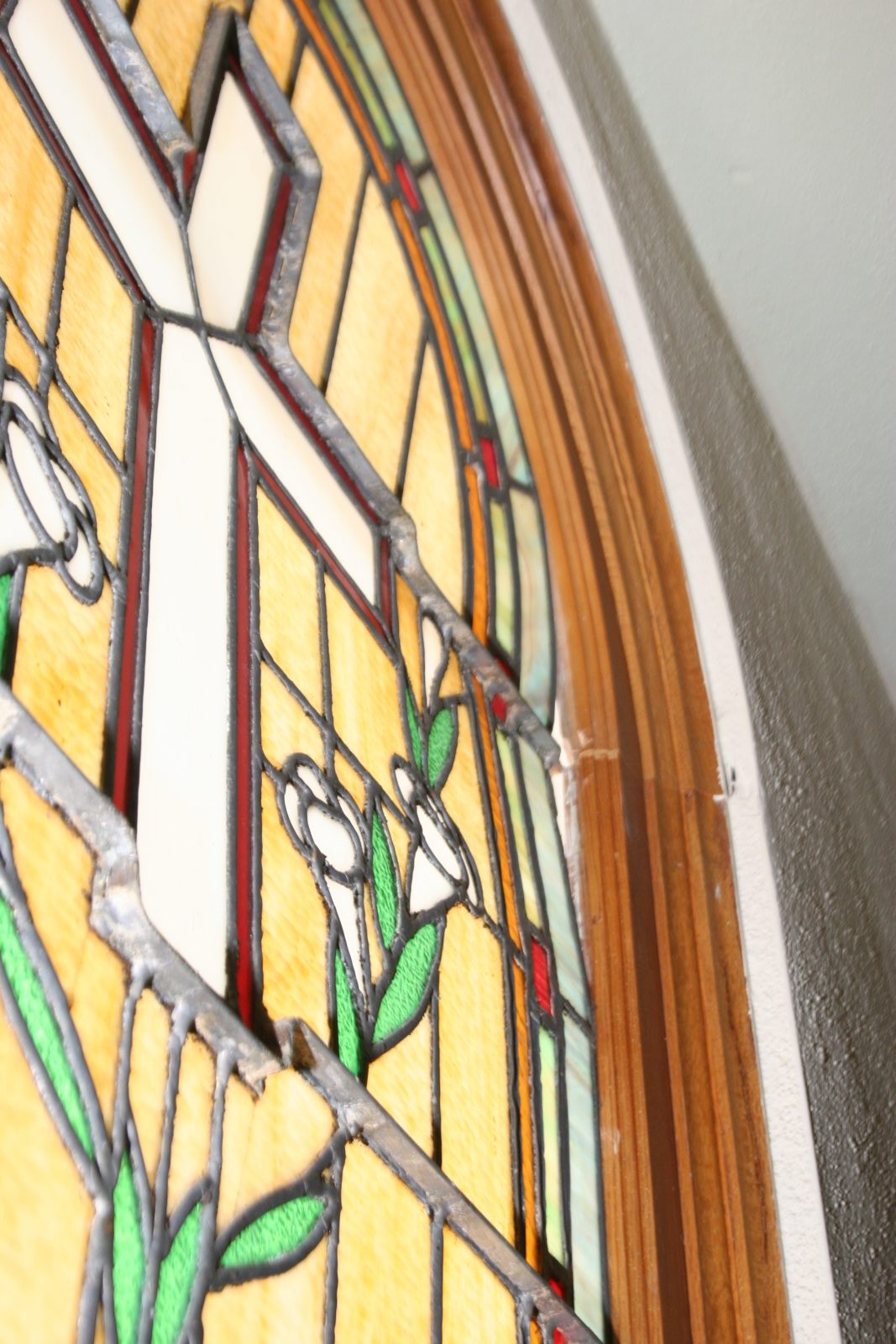NSGCG offers the most complete and comprehensive stained glass window inspection services in the industry.
To get an accurate structural assessment of a stained glass window requires a physical hands on approach, and should include performing a variety of tests. You cannot, and should not base recommendations on a visual inspection alone. Structurally, when a stained glass window is evaluated it must include all structural components. This will include the window frame, mullions, muntin’s, sashes, jambs, T-bars, divider bars and other components. While the leading or lead matrix is considered the main structural support for the stained glass itself, there are other components that contribute to structural integrity such as the cement and bracing. Our inspections will isolate and evaluate each of the individual structural components of the structural support system.
When we evaluate a window aesthetically there are several key areas we address. First, we want to establish how the window looked when originally installed. A stained glass window is art and after all, you want the work of art to look beautiful and to be accurate.
Over time, dirt, dust, soot and environmental contaminants can accumulate. In the case of multiple layered plated windows which is common in many tiffany windows, the contaminants will often be found between the multiple layers of plates, obscuring light and creating a very dirty and dulled appearance that was not original or intended.
Another part of an aesthetic evaluation is to determine what previous repairs have been done. We look for and try to identify pieces of stained glass from previous repairs that have been installed as replacements. In some circumstances the replacement glasses are a poor match and not only detract from the viewers enjoyment, but also compromise the historical accuracy and artists original intent.
Painting, staining or enameling that has been done to create faces and flesh areas, backgrounds or any artistic areas are checked and evaluated for delamination or flaking of the paint on the surface of the glass. When areas or pieces of delaminated glass are found its crucial to develop a proper conservation plan to ensure that the window looks original without causing irreversible damage.
Nearly every stained glass studio is more than happy to offer you a free inspection or free consultation, However, when dealing with a studios owner, consultant or representative you are essentially dealing with a salesman working on a commission, or who has a financial incentive to find as much work for the studio as possible. And in many cases the recommendations will based on a studio’s specialties or areas of expertise, leaving out many more viable conservation options. A proper inspection should be unbiased.
NSGCG will provide you with a thorough and comprehensive inspection that will ensure you have the right specifications for a proper conservation and preservation of your stained glass windows.
